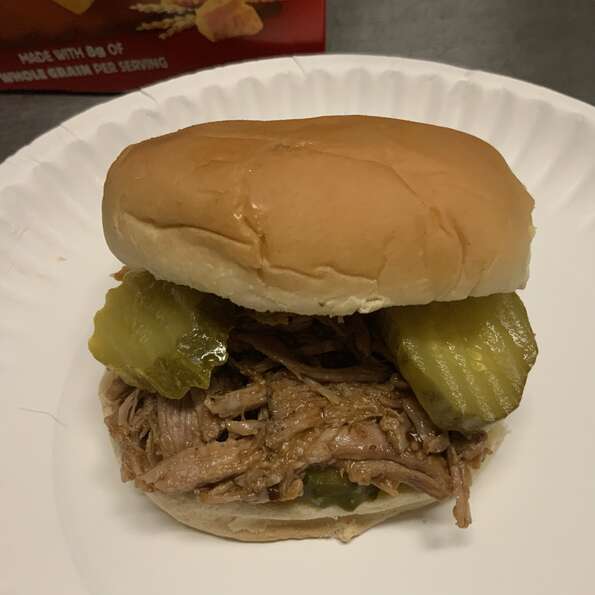Pressure Cooking A Fast and Efficient Cooking Method
1. Discover the ultimate kitchen companion with our Pressure Cooker, designed for fast and efficient cooking. This innovative appliance locks in steam to cook meals up to 70% quicker than traditional methods, making it perfect for busy lifestyles. Enjoy tender, flavorful dishes with minimal effort, whether you're preparing soups, stews, or grains. With user-friendly controls and safety features, you can confidently whip up delicious meals in no time!

Pressure cooking is a technique that involves cooking food in a sealed container under high pressure. This method can significantly reduce cooking times while preserving nutrients and flavors. Pressure cookers are available in a variety of sizes and styles, from simple stovetop models to electric multi-cookers.
Benefits of Pressure Cooking
- Faster cooking times: Pressure cooking can reduce cooking times by up to 70% compared to traditional methods.
- Preserves nutrients: Pressure cooking can help to preserve vitamins and minerals in food.
- Tenderizes tough cuts of meat: This method can quickly tenderize tough cuts of meat, making them more palatable.
- Energy efficient: Pressure cooking is often more energy efficient than traditional cooking methods.
- Versatile: Pressure cookers can be used to prepare a wide variety of dishes, from soups and stews to meats and vegetables.
Types of Pressure Cookers
There are two main types of pressure cookers:
- Stovetop pressure cookers: These are traditional pressure cookers that are placed on the stovetop. They typically require manual venting and locking mechanisms.
- Electric pressure cookers: These are modern pressure cookers that are equipped with automatic safety features and often have additional functions, such as slow cooking and steaming.
Pressure Cooking Safety
It is important to use a pressure cooker safely to prevent accidents. Always follow the manufacturer's instructions and ensure that the valves and gaskets are in good condition. Never try to force open a pressure cooker while it is under pressure.
Pressure Cooking Techniques
There are two main pressure cooking techniques:
- High pressure: This mode is used for cooking tough cuts of meat and for canning.
- Low pressure: This mode is used for cooking delicate foods, such as vegetables and seafood.
Pressure Cooking Recipes
Pressure cooking can be used to prepare a wide variety of dishes, including:
- Stews and soups: Pressure cooking can quickly create flavorful stews and soups.
- Meats: Tough cuts of meat, such as beef chuck and short ribs, can be tenderized in a pressure cooker.
- Beans and legumes: Dried beans and legumes can be cooked quickly in a pressure cooker.
- Rice and grains: Rice and grains can be cooked perfectly in a pressure cooker.
Tips for Pressure Cooking
- Use the right amount of liquid: The amount of liquid used will depend on the recipe and the type of food being cooked.
- Vent properly: Ensure that the pressure cooker is properly vented before opening.
- Let the pressure release naturally: Allow the pressure to release naturally before opening the lid.
- Avoid overcooking: Pressure cooking can cook food quickly, so it is important to avoid overcooking.
Pressure cooking is a versatile and efficient cooking method that can help you save time and create delicious meals. By following these tips and using your pressure cooker safely, you can enjoy the benefits of this modern cooking technique.










